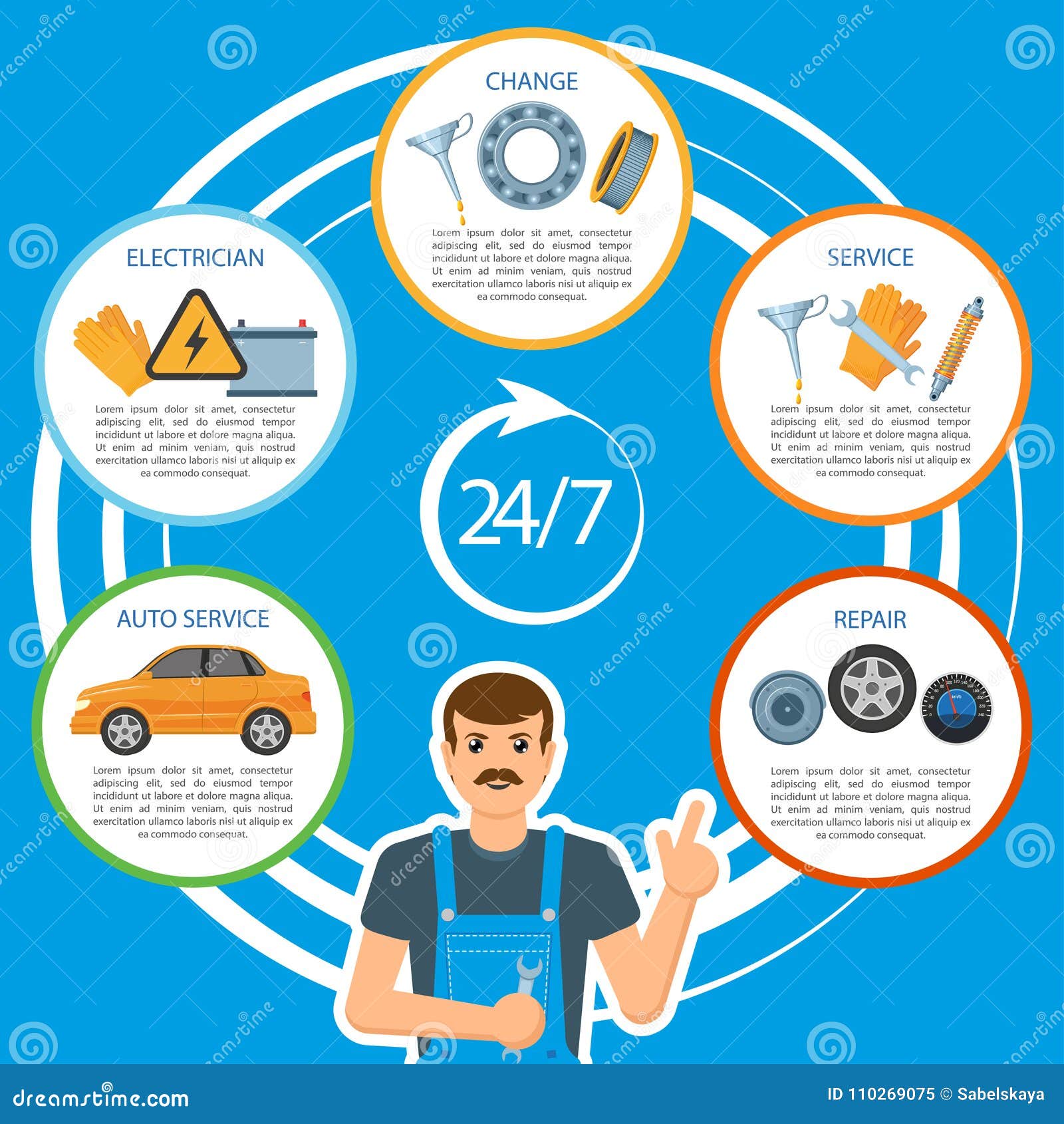Analyzing Your Auto'S Caution Indicators: What They Really Convey
Analyzing Your Auto'S Caution Indicators: What They Really Convey
Blog Article
Material Author-Faulkner Kejser
When you lag the wheel, those beautiful warning lights on your control panel can be a bit complicated. Do you recognize what they're trying to inform you concerning your automobile's wellness? Comprehending the value of these lights is vital for your safety and the longevity of your automobile. So, the next time one of those lights pops up, would not you want to decode its message precisely and take the necessary steps to address it?
Common Warning Lights and Interpretations
Determine usual warning lights in your cars and truck and understand their meanings to ensure risk-free driving.
One of the most regular caution lights consist of the check engine light, which indicates problems with the engine or exhausts system. If this light begins, it's essential to have your automobile inspected quickly.
The oil stress warning light indicates low oil pressure, calling for immediate focus to prevent engine damages.
A flashing battery light might recommend a damaged billing system, possibly leaving you stranded otherwise resolved.
The tire pressure tracking system (TPMS) light notifies you to low tire pressure, impacting car security and gas performance. Disregarding this might result in unsafe driving conditions.
The abdominal muscle light suggests a problem with the anti-lock stopping system, jeopardizing your capacity to quit promptly in emergency situations.
Finally, the coolant temperature level alerting light warns of engine getting too hot, which can result in extreme damage otherwise settled promptly.
Recognizing these usual caution lights will aid you deal with problems immediately and keep risk-free driving problems.
Value of Prompt Interest
Comprehending the common caution lights in your cars and truck is just the primary step; the significance of immediately resolving these cautions can't be highlighted sufficient to guarantee your safety when traveling.
When a warning light illuminates on your dashboard, it's your vehicle's method of communicating a prospective concern that needs interest. Disregarding these cautions can cause much more severe issues down the road, jeopardizing your safety and potentially costing you extra out of commission.
Trigger attention to advising lights can stop break downs and accidents. For example, a flashing check engine light might suggest a misfire that, if left unattended, might create damage to the catalytic converter. Addressing this promptly can save you from a costly repair service.
Likewise, a brake system warning light may signal reduced brake fluid or used brake pads, crucial elements for your safety when driving.
Do It Yourself Troubleshooting Tips
If you see a warning light on your dashboard, there are a couple of DIY fixing ideas you can try before seeking specialist aid.
https://knoxmgavp.bloggactif.com/31127820/captivated-by-the-usual-mistaken-beliefs-about-vehicle-detailing-explore-the-realities-behind-these-misconceptions-and-discover-how-expert-describing-can-benefit-every-vehicle-owner is to consult your cars and truck's guidebook to comprehend what the certain warning light shows. Sometimes the concern can be as basic as a loose gas cap triggering the check engine light. Tightening the gas cap may resolve the issue.
An additional typical issue is a reduced battery, which can set off various warning lights. Checking straight from the source for corrosion and guaranteeing they're secure may deal with the issue.
If a warning light lingers, you can try resetting it by separating the vehicle's battery for a couple of mins and afterwards reconnecting it. Furthermore, checking your automobile's liquid degrees, such as oil, coolant, and brake liquid, can assist repair advising lights connected to these systems.
Conclusion
To conclude, comprehending your cars and truck's warning lights is necessary for maintaining your car running smoothly and safely. By quickly resolving these signals and knowing what they indicate, you can avoid pricey fixings and possible break downs.
Bear in mind to consult your automobile's handbook for specific information on each alerting light and take action appropriately to make sure a trouble-free driving experience.
Stay informed, remain safe when driving!
